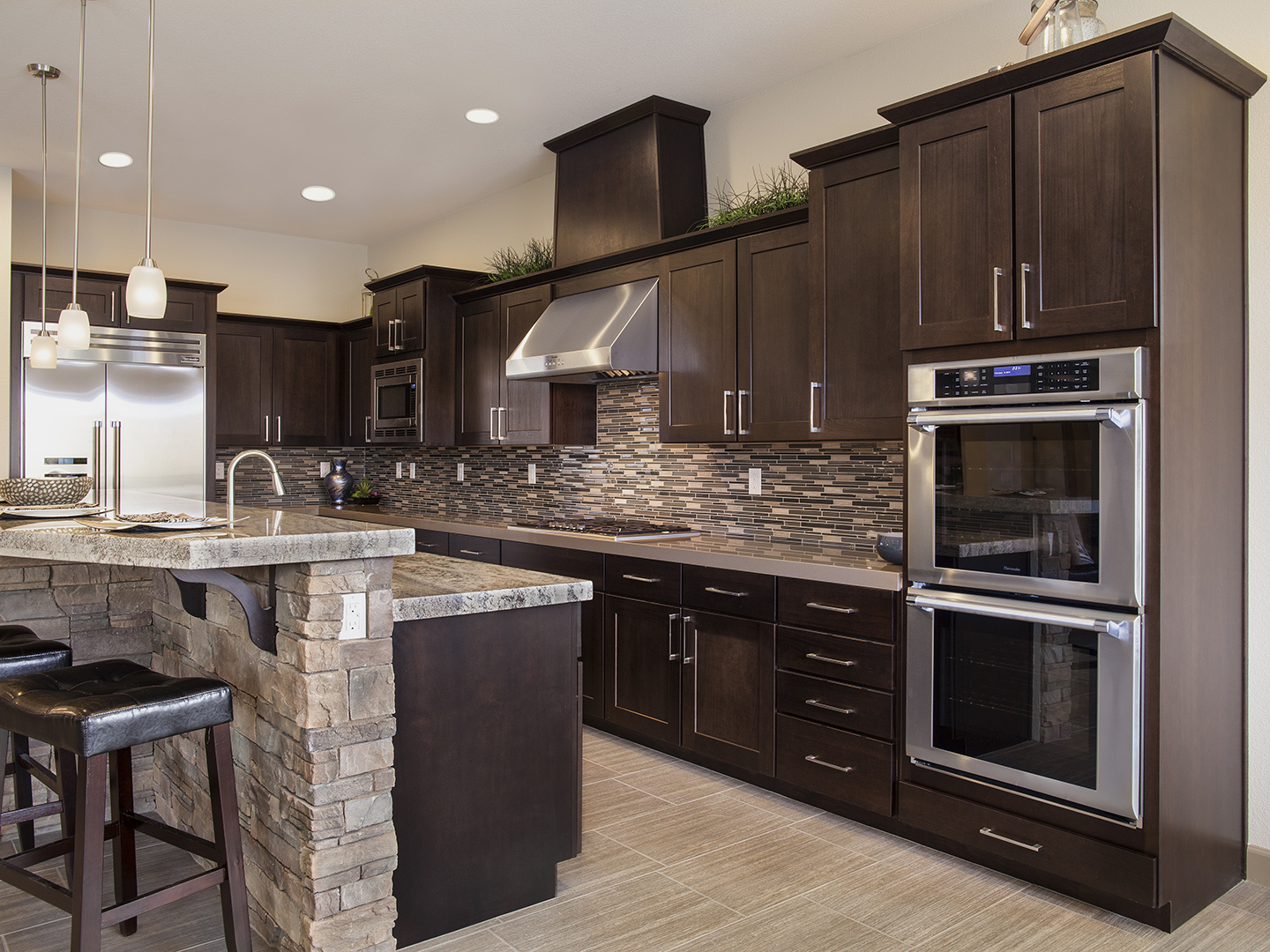The kitchen is one of the most important rooms in your home, and selecting the right tile can transform the look and function of the space. From the floors to the backsplash, there are many materials and styles to choose from that balance durability, practicality, and design. Here’s a guide to help you decide on the best tiles for your kitchen.
1. Tile Types for Different Kitchen Areas
When selecting tiles, it’s essential to consider the two primary areas: kitchen floors and backsplashes. Each of these surfaces has unique requirements, and the materials you choose will reflect their specific needs.
Floor Tiles
Kitchen floors endure a lot of wear and tear, including foot traffic, spills, and heat. Durability, ease of cleaning, and water resistance are essential. Here are some of the best types of tile for kitchen floors:
-
Porcelain Tile: Known for its strength and water resistance, porcelain tile is ideal for busy kitchens. It’s available in many colors and designs, including options that mimic natural stone or wood. Porcelain is also scratch and stain-resistant, making it a popular choice for high-traffic areas.
-
Ceramic Tile: Slightly less dense than porcelain but still an excellent option for kitchen floors. Ceramic tiles come in many sizes, colors, and textures. They’re a cost-effective and durable choice, offering versatility in both classic and contemporary kitchen designs.
-
Natural Stone Tile (Marble, Granite, Slate): For a luxurious and elegant feel, natural stone tiles like marble, granite, or slate add timeless beauty to the kitchen. While these materials can be more expensive and require sealing to protect against stains, they bring a unique, organic character to the space.
Backsplash Tiles
A kitchen backsplash not only protects the walls from cooking splatters and moisture but also serves as an opportunity to inject personality and style into the space. Here are the top tile options for your backsplash:
-
Ceramic or Porcelain Tiles: Both ceramic and porcelain tiles are excellent for kitchen backsplashes due to their ease of cleaning and resistance to heat and moisture. They come in an endless variety of shapes, patterns, and colors, allowing you to match them perfectly with your kitchen’s theme.
-
Subway Tiles: Classic and versatile, subway tiles offer a clean, streamlined look. They’re often rectangular and can be arranged in various patterns, such as herringbone or brick layout, making them a timeless and popular choice for backsplashes.
-
Natural Stone Tiles: If you prefer a natural, organic look, stone tiles like marble, travertine, or slate make for beautiful backsplashes. They offer an earthy, sophisticated touch but may require more maintenance than ceramic or porcelain.
2. Tile Size and Layout
The size and layout of your tile can significantly impact the overall design of your kitchen.
-
Large Tiles for Floors: Large-format tiles are becoming increasingly popular for kitchen floors because they create a sleek, seamless appearance with fewer grout lines. This also makes them easier to clean. Large tiles work well in both modern and traditional kitchen styles.
-
Smaller Tiles for Backsplashes: Smaller tiles or mosaics are often used for backsplashes to create intricate patterns or unique designs. These smaller tiles can help add texture and interest to your kitchen walls, especially when combined with contrasting grout colors.
3. Tile Colors and Patterns
Choosing the right color and pattern is crucial to tying your kitchen design together. Here are some tips for selecting the perfect look:
-
Neutral Tones: Neutral shades like white, beige, and gray are timeless and versatile. They can work in any kitchen style, from minimalist and modern to rustic and traditional. Neutral tiles help create a calm, balanced backdrop that complements your kitchen cabinetry and countertops.
-
Bold Colors and Patterns: If you want to make a statement, bold tiles in deep blues, greens, or patterned designs can add personality and charm to your kitchen. Patterned tiles are particularly popular for backsplashes, allowing for artistic expression.
-
Textured Tiles: Textured tiles can add depth and visual interest to your kitchen. Whether you choose a rough slate tile or a hand-crafted ceramic, textures bring a tactile dimension that enhances the look of the space.
4. Durability and Maintenance
For a high-traffic area like the kitchen, durability and maintenance are key considerations. The tile you choose should be able to withstand spills, scratches, and regular cleaning. Porcelain and ceramic are the most low-maintenance options, as they are highly resistant to moisture and stains and can be easily cleaned with regular household products.
Natural stone tiles, while stunning, require a bit more care. They should be sealed to prevent stains and damage, and they may need occasional resealing to maintain their beauty over time.
5. Budget Considerations
The cost of tile varies depending on the material, design, and size. Ceramic and porcelain tiles are generally more affordable options and offer a wide range of styles, while natural stone like marble or granite can be more expensive due to their premium quality and appearance. Keep in mind that installation costs should also be factored in, especially for more intricate tile patterns or natural stone, which often require professional expertise.
Conclusion
When choosing what kind of tile to use in a kitchen, consider the balance between functionality and aesthetics. Porcelain and ceramic are top choices for both floors and backsplashes due to their durability and versatility. If you want to add a luxurious touch, natural stone tiles can bring elegance to the space. Whether you prefer sleek, neutral tones or bold, patterned designs, there’s a tile option that will perfectly suit your kitchen’s style. Take the time to find the perfect tile that matches your needs, budget, and vision for your dream kitchen.

